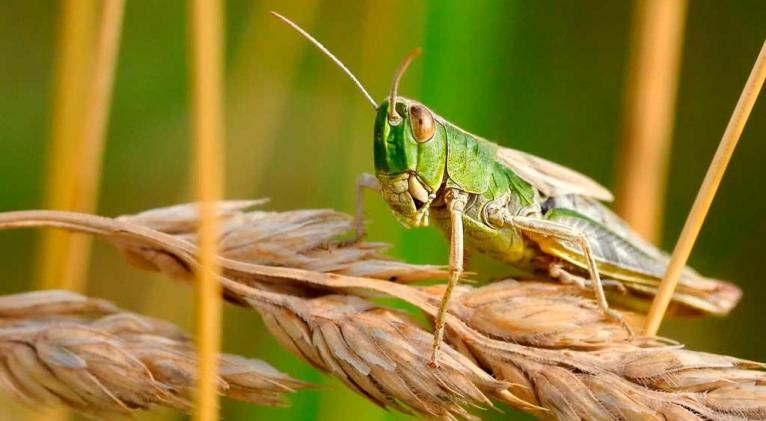Numerous collision avoidance systems (CASs) are already included in vehicles, and they can automatically brake when an object gets too close. Some operate by analyzing an image of the space around the car, but in conditions like heavy rain or low light, the image isn’t as clear.
Another method is to incorporate either radar or LiDAR (light detection and ranging) sensors, but these are difficult to miniaturize and need a lot of power.
Saptarshi Das and colleagues wanted to create an insect-inspired collision detector adapted to sense vehicles that was effective, safe and consumed less power than its predecessors.
First, the team designed an algorithm based on the neural circuitry insects use to avoid an obstacle. Instead of processing an entire image, they only processed one variable: the intensity of a car’s headlights.
Without the need for an onboard camera or image sensor, the detection and processing units were combined, making the overall detector smaller and more energy efficient.
The sensor was comprised of eight photosensitive “memtransistors” constructed from a layer of molybdenum disulfide (MoS2), organized onto a circuit.
Finally, in real-life, nighttime scenarios, the detector could sense a potential two-car accident two to three seconds before it happened, leaving the driver with enough time to take critical corrective action.
The researchers say that this novel detector can help make existing CASs better and safer
 Escambray ENGLISH EDITION
Escambray ENGLISH EDITION





Escambray reserves the right to publish comments.